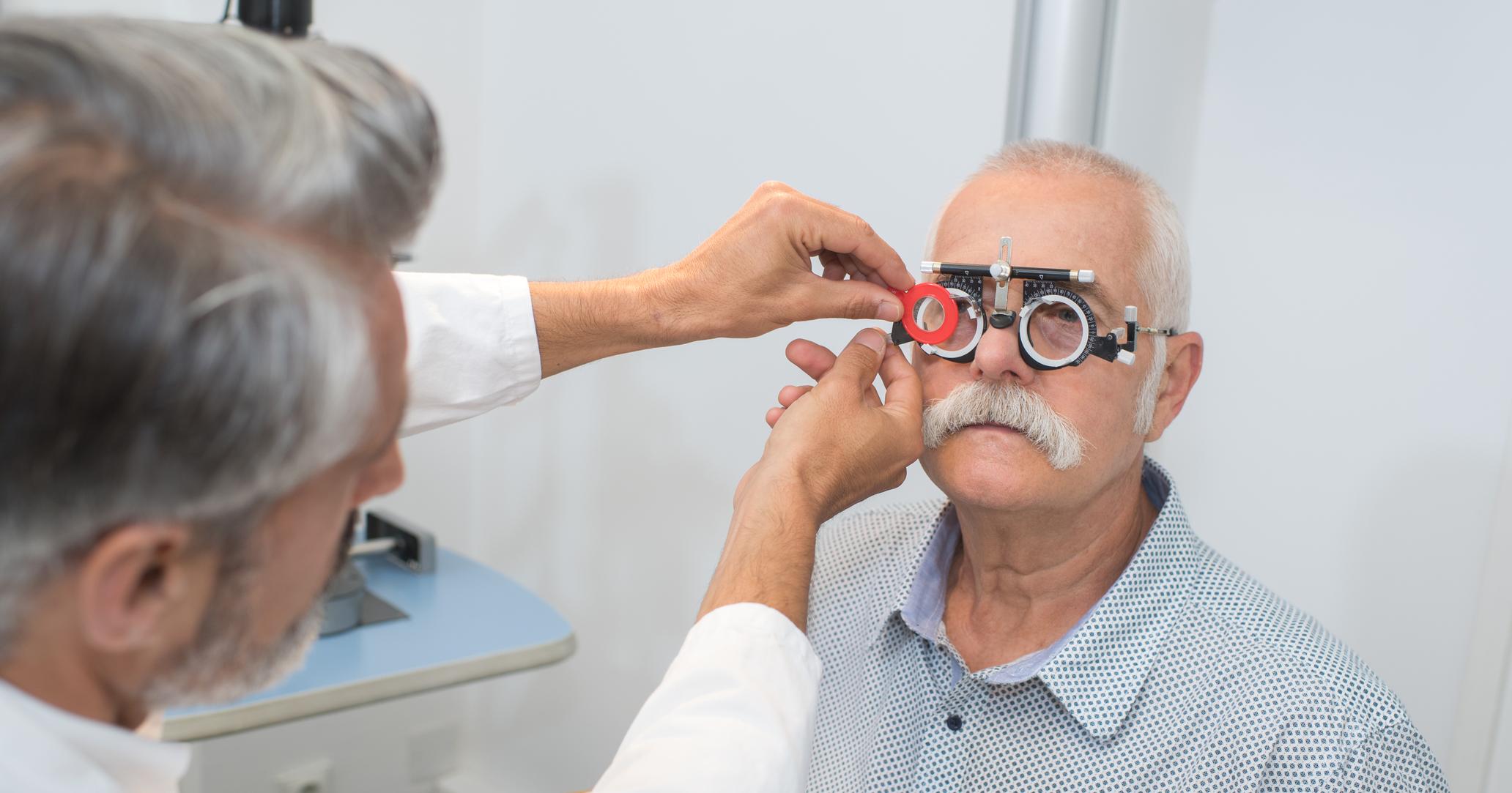Watch Out For These Early Warning Signs Of Glaucoma
Glaucoma is a term used to describe a group of progressive eye disorders that eventually lead to blindness. The two most common types of glaucoma are primary open-angle glaucoma and angle-closure glaucoma. Open-angle glaucoma begins by working inward and eventually leads to tunnel vision. Acute angle-closure glaucoma tends to cause blurred vision with halo effects around the eyes. Both cause irreversible damage, though this damage is at least somewhat treatable provided glaucoma is detected in the early stages of the condition. In order to detect glaucoma early, it is vital to be aware of the different and early warning signs of the condition. Knowledge is key here!
Sudden Vision Changes

It may seem like a no-brainer, but any sudden changes to an individual’s vision is a good enough reason for them to get checked out by an eye doctor. Sudden vision changes in one or both eyes may be a sign of severe problems such as retinal damage. Any sudden visual disturbance in dim lighting is an early sign of acute angle-closure glaucoma. Individuals should talk to their primary doctor or optometrist if they notice any other changes in their vision, such as trouble seeing far away objects. Even if the issue is not glaucoma, it is still crucial for early identification so the appropriate actions can be taken.
Redness And Swelling

Bloodshot or swollen eyes may be an indication of pressure buildup within the eye, which is a sign of acute angle-closure glaucoma. Eye pressure occurs when the iris becomes inflamed and causes the sensation of pressure within the eye. By the time the eyes become visibly swollen and red, emergency treatment or surgery might be necessary, depending on the circumstances and what exactly is causing it. Patients may also experience redness in their eyes if they overuse eye drops, are dehydrated, or are overtired.
